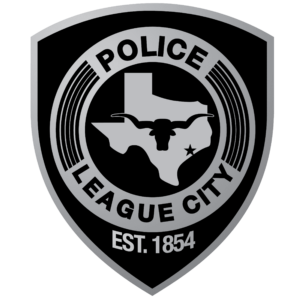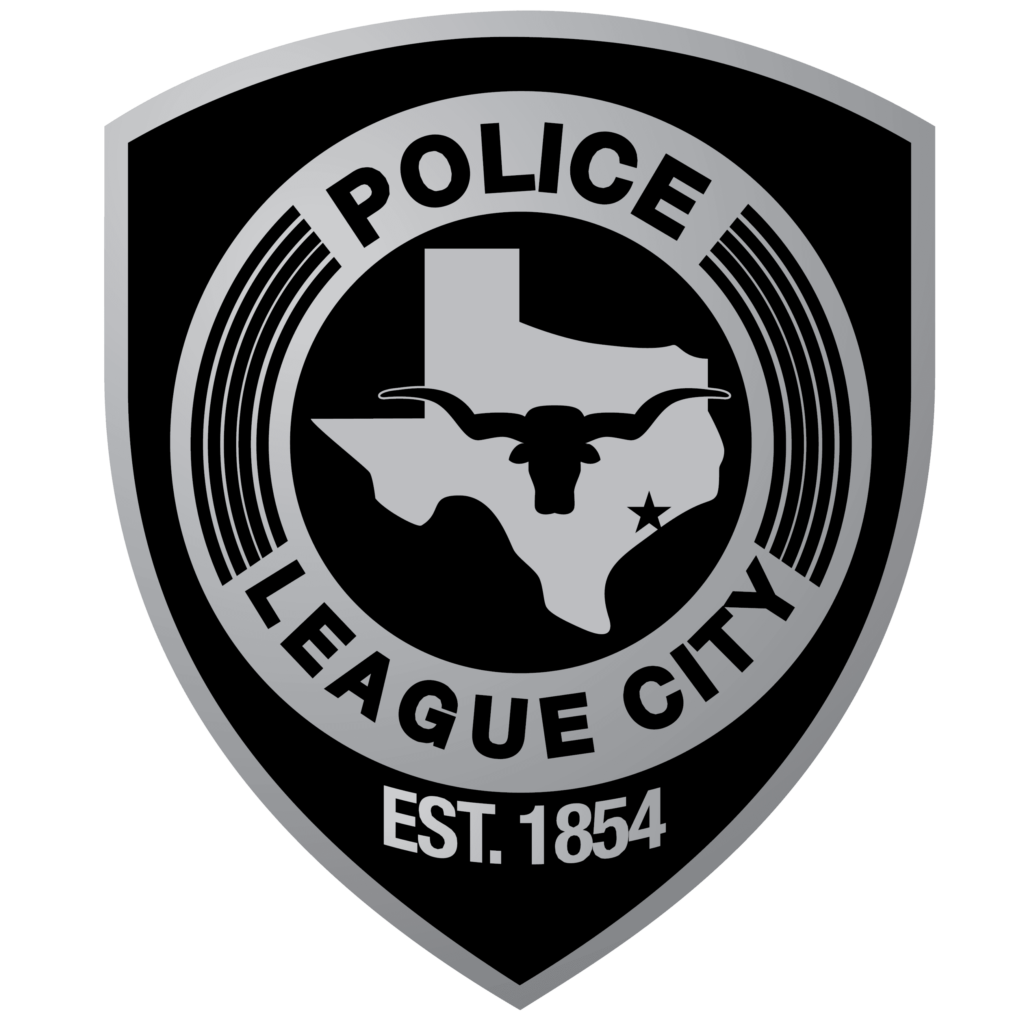
Attention deficit hyperactivity disorder is a childhood disorder that affects 1 in 10 children in the United States. Even though it’s fairly common, many misconceptions persist and at times when you’ve seen your child struggle with focus and self-control, you may worry it’s ADHD.
It might lead you to feel anxious about what to do or what the future might hold because any child may experience many of the individual symptoms of ADHD. To make a proper diagnosis, it is recommended you have your pediatrician evaluate your child.
In general, ADHD is diagnosed in children by the time they’re teenagers, with the average age for moderate ADHD starting from 7 years old. Here are a few things you should know if you are a parent of a child with ADHD.
ADHD is defined as a mental health disorder, however, the diagnosis requires a comprehensive clinical evaluation based on identifying children who have the core symptoms of the below:
- Hyperactivity: Your child may struggle to sit still and seem to be in constant motion
- Impulsivity: Your child may have a lot of difficulties controlling outbursts or acting before thinking
- Inattention: Your child may struggle to stay focused on tasks they aren’t interested in and stay distracted
(ADHD Awareness, 2021)
Any child can be very active or have a short attention span, but children with ADHD experience these symptoms stronger or more frequently than other kids their age which often leads to having behavioral issues at home and school.
The Subtypes for ADHD
As ADHD symptoms can vary in intensity, the diagnosis is divided into 3 subtypes.
Predominantly inattentive – A child who shows patterns of inattention at home or in school and making careless mistakes, has difficulty following instructions, and be easily distracted.
Predominantly hyperactive or impulsive – A child showing a pattern of hyperactive and impulsive behavior or talking too much. They may have difficulty waiting for their turn and could interrupt others during activities. They may be on the move always, running or climbing even when inappropriate.
Combined – In the combined type of ADHD, a mix of both inattentive symptoms and hyperactive/impulsive symptoms are seen and observed.
ADHD – Who’s Affected and How to Identify
It’s estimated that only 5% and 10% of children suffer from ADHD. If you suspect your child is affected, don’t panic!
According to research, boys are more likely to be diagnosed with ADHD than girls. However, this doesn’t mean that they’re more likely to suffer, instead, it may mean that their behavior is easier to diagnose. On the other side, girls who suffer from ADHD may be more quietly distracted, rather than exuberant. If there is a history of ADHD in the family, there’s a greater chance that your child can get ADHD. However, other causes can include exposure to toxins during pregnancy, food additives, and brain anatomy.
As per the CDC, if any child has at least 6-7 symptoms from the below for over 6 months, they may be diagnosed with ADHD.
- Trouble holding attention on tasks or play activities
- Fails to give close attention to small details
- Often does not seem to listen when spoken to directly
- Fails to finish work or follow through on instructions
- Trouble staying organized
- Reluctant to do tasks that require mental effort
- Loses items necessary for activities
- Easily distracted
- Forgetful in daily activities
- Fidgets, taps hands or feet, or squirms in their seat
- Leaves seat during inappropriate times
- Unable to play quietly or calmly or talks excessively
- Often blurts out an answer before the question has been completely asked
- Has trouble waiting their turn and interrupts or intrudes on others
(CDC, Jan 2021)
If You Think Your Child Might Have ADHD
If you think your child is struggling in some of the areas identified by the CDC, you can:
- Speak to the school. Speak to your child’s school and teachers who are frequently involved with your child and their studies. They can observe them and offer an opinion on whether your child needs support.
- Visit your friends and observe their child’s behavior. This may encourage you to speak to your pediatrician for the next steps.
- Talk to the experts. If you’re still confused, you can speak to your pediatrician and mental health expert directly about any concerns.
(WebMD, 2021)
Learn, Diagnose, Treat
Educating yourself is a powerful tool in helping a child with a potential ADHD diagnosis. We hope this article will help you better understand what ADHD looks like in children and how to treat it while you’re going through a tough parenting time. Noticing ADHD symptoms is essential to give your child a better chance of succeeding in school and social situations. We understand it’s not always easy, but assure you that it can be done with some effort, patience and expert help.
Works Cited
“ADHD Awareness.” ADHD Awareness Month – October 2021, 7 Apr. 2021, www.adhdawarenessmonth.org/
“ADHD: Symptoms, Types, Testing, and Treatment.” WebMD, WebMD, June 2021, www.webmd.com/add-adhd/childhood-adhd/attention-deficit-hyperactivity-disorder-adhd
“What Is ADHD?” Centers for Disease Control and Prevention, Centers for Disease Control and Prevention, 26 Jan. 2021, www.cdc.gov/ncbddd/adhd/facts.html
















